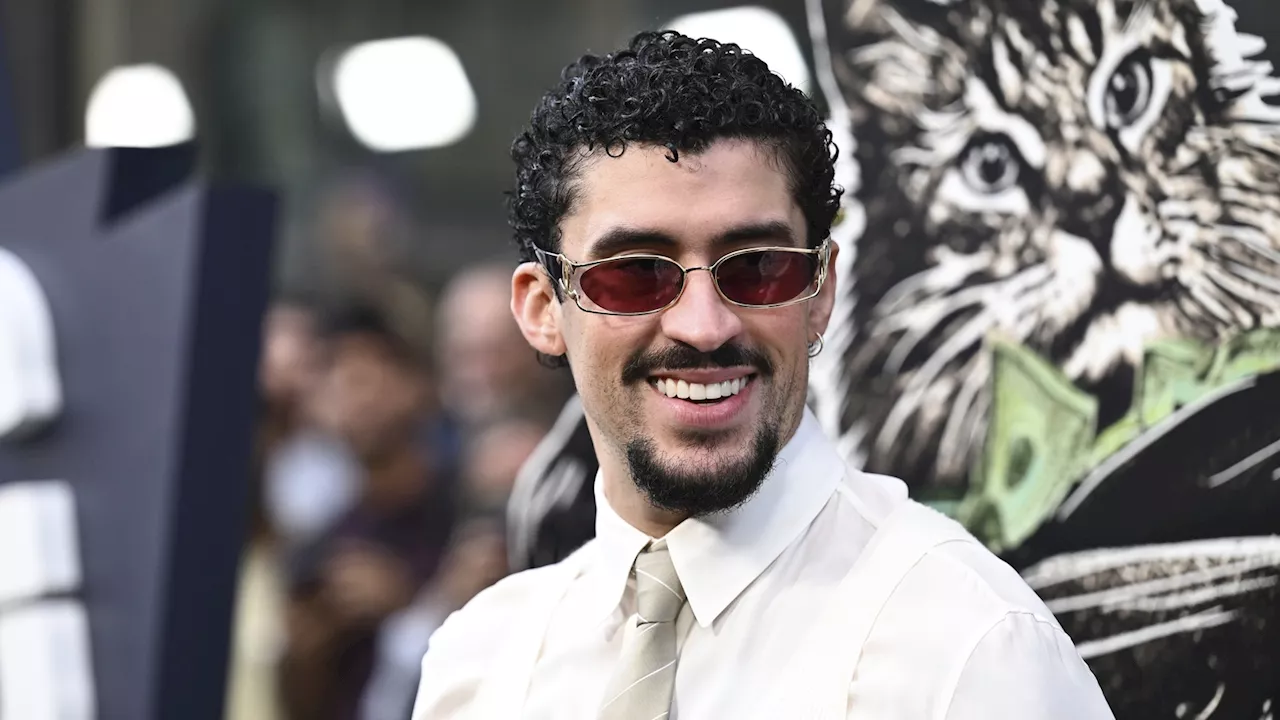Puerto Rican artist Bad Bunny will take center stage at the Super Bowl LX halftime show on February 8, 2026, at Levi’s Stadium in Santa Clara, California. This performance marks a significant milestone as it will be the first fully Spanish-language show at the Super Bowl and makes Bad Bunny the first Latino man to headline the iconic event.
His announcement comes after he expressed concerns regarding the safety of his fans related to ICE (Immigration and Customs Enforcement) activities in the United States. Bad Bunny, whose real name is Benito Antonio Martínez Ocasio, previously stated that he would not tour the continental U.S. with his latest album, ‘Debí Tirar Más Fotos’, due to fears of ICE arrests at his concerts. Reflecting on this decision, he noted, “There was the issue of — like, f— ICE could be outside. And it’s something that we were talking about and very concerned about,” in an interview with i-D magazine.
Despite these concerns, Bad Bunny’s performance at the Super Bowl is expected to be a cultural celebration. His No Me Quiero Ir de Aquí residency in Puerto Rico attracted over 600,000 tourists and generated approximately $733 million for the local economy. The artist’s previous involvement in the Super Bowl came during the 2020 halftime show, where he made a cameo alongside Shakira and Jennifer Lopez.
The decision to perform at the Super Bowl has sparked discussions among fans regarding his earlier stance against U.S. performances. Recently, he shared a post on X indicating a change of heart: “I’ve been thinking about it these days, and after discussing it with my team, I think I’ll do just one date in the United States.” This shift raises questions about his motivations, particularly in light of ICE’s presence in Puerto Rico, an unincorporated territory of the U.S.
Legal experts, such as immigration attorney Lina Baroudi, have pointed out that while Santa Clara County is a sanctuary jurisdiction, ICE can still operate in public areas. Baroudi noted that “federal agents can operate independently,” and sanctuary laws do not prevent them from entering public spaces or executing federal warrants. Between January and July 2025, ICE made 2,640 arrests in the Bay Area alone, a significant increase from the previous year.
Despite the challenges, Bad Bunny’s performance could represent a turning point for representation in a major American sporting event. His statement, emphasizing the cultural significance of his performance, resonates deeply: “What I’m feeling goes beyond myself. It’s for those who came before me and ran countless yards so I could come in and score a touchdown… this is for my people, my culture and our history.”
The NFL stands to benefit commercially from Bad Bunny’s presence. Research indicates that 39 million Latine fans reside in the U.S., making them one of the league’s fastest-growing demographics. Furthermore, Latine viewership of the Super Bowl surged by 51% from 2021 to 2024. The league has made efforts to expand its reach in Latin America, including enlisting Colombian artist Karol G for a halftime show in Brazil.
Tapping into the estimated $3.6 trillion in buying power represented by the Latine community in the U.S., featuring Bad Bunny aligns with the NFL’s strategy for international expansion. His recent achievements, including breaking Amazon Music‘s livestream record for the most-watched single artist performance, further bolster the expectation of high ratings for the Super Bowl.
As anticipation builds for the event, concerns regarding security for Latine fans persist. While Bad Bunny’s performance promises to elevate cultural visibility, it also highlights the need for additional support and solidarity for his audience amid ongoing immigration issues in the United States. The Super Bowl LX halftime show will not only showcase a historic performance but also serve as a platform for cultural dialogue in an increasingly complex socio-political landscape.
